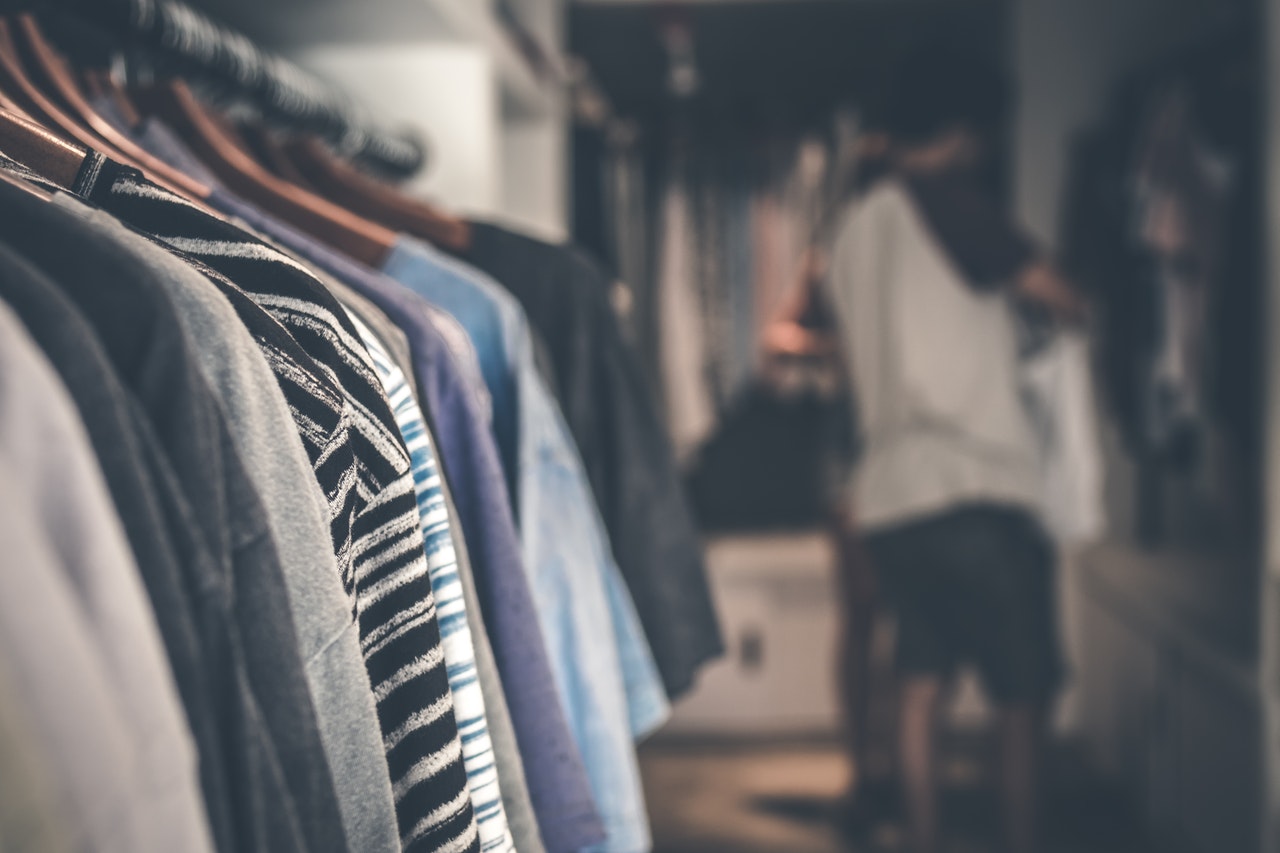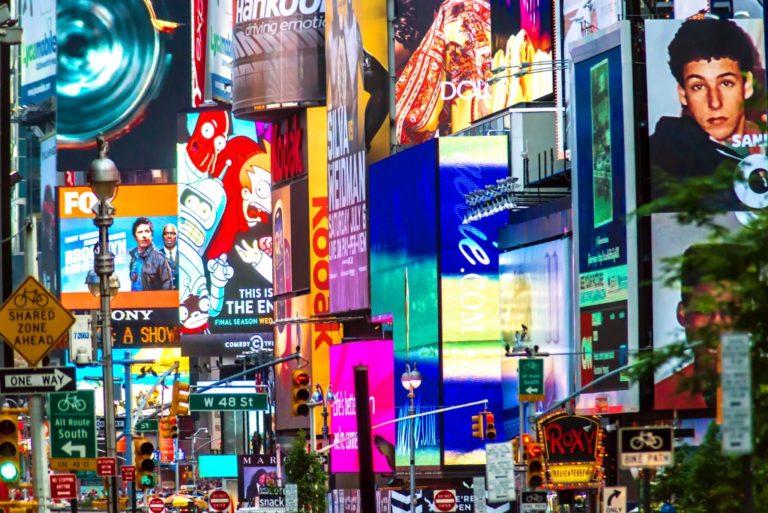With the pandemic, nothing is certain. Even as 2020 draws to a close, we don’t have a definite timeline for a working vaccine. And when we do get one, there are doubts as to how quickly it can be distributed as well as its availability to the public.
Stemming from this fundamental uncertainty are several higher-order effects that continue to make businesses unstable. And retail stores are among the most vulnerable.
The retail industry was already being disrupted by the steady growth in popularity of e-commerce over the years. Now that we’ve seen how the pandemic can enforce the sudden shutdown of manufacturing hubs, supply chains may need to be overhauled.
People have yet to resume normal activity, as they remain cautious about unnecessary outdoor activity and contact with others. Levels of discretionary spending remain low since job security remains tenuous for many.
What the ‘new normal’ will look like is anyone’s guess. It’s risky to go all-in on change if the future doesn’t shape up as anticipated. But retailers can make some small adjustments to improve their odds in the short term without compromising long-term flexibility in their business models.
Rethink the role of the store
Many stores remain closed. Even if they are open, owners can anticipate fewer customers. There’s simply less foot traffic going around, even in today’s busiest cities.
People are taking Covid-19 seriously, and that’s a good thing for public health and safety. It’s not so good for retail sales. Meanwhile, commercial leases continue to cost money.
Simply maintaining a store location in these times can cause a business to hemorrhage profits. Unfortunately, the common response is to shut down. But it’s worth giving other options a shot first.
Retail stores don’t have to simply be places where people go to mill around, feel products, and try them on. Of course, that function is still valuable. It remains the best way for customers to experience the product and avoid issues with sizing and fit.
Keep your best items on display using the appropriate clothes rack. But try changing the experience itself. Have customers schedule an appointment online for fitting, and they can have the entire store (or a sufficiently isolated section of it) to themselves for at least 15 minutes.
Stores can also serve as fulfillment centers. Customers are willing to shop online and drive by the nearest store to have staff put their purchases in the trunk. This eliminates the delay and costs involved with shipping.

Boosting online customer service
One of the first instincts for any store manager is to reopen with appropriate safety measures in place. These may include periodic deep cleaning and disinfection, perhaps mixed with the use of robots or UV lighting. Interior surfaces may be overhauled to use materials that clean easily and are less prone to picking up germs.
Such changes can help build trust in the safety of an establishment. But retailers can’t ignore the fact that consumer behaviors have shifted greatly into the virtual realm. Even when the pandemic is over, their preferences will likely remain there.
Going contactless may be essential to future business operations. Yet you can do that without going to extreme lengths. Instead, take advantage of this trend by emphasizing your online customer service.
Experienced store employees are often a retailer’s best representatives, with considerable knowledge of products. Move away from commission-based incentives and have them add value to the online shopping experience by leveraging their expertise to offer sound advice.
Foster community goodwill
Despite an overall reluctance on the part of consumers to increase their non-essential spending, there’s a glimmer of hope for local businesses. Deloitte research showed that 39% of consumers were willing to buy more locally-sourced products, even at a greater cost.
This so-called conscience consumption may stem from two factors. One is a desire to support local businesses and their employees. The other is the more over-arching trend of sustainability.
People are increasingly aware of the impact that production and fulfillment can have on the environment. They know that products made in the area boost the local economy, and are clean for the environment.
Stores can draw on this influence by continuing to foster good relationships within the community. Operations may have to be scaled back, but local customers can offer a lifeline for survival in the short term.
Making these changes doesn’t promise to fix the business of retail in the long run. There are simply too many factors and possible outcomes for anyone to know what will happen. Critically, though, these adjustments might be what a store needs to survive right now while waiting on future developments before deciding on an overhaul of operations.




